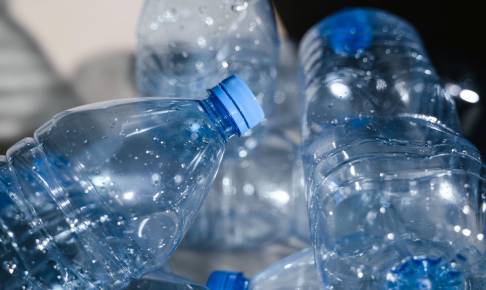EPA sets new federal drinking water standards for PFAS
The US Environmental Protection Agency (EPA) has announced federal drinking water standards for six individuals per- and polyfluoroalkyl substances (PFAS). These standards, included in the final National Primary Drinking Water Regulation (NPDWR), establish legally enforceable levels that will limit the amount of PFAS allowed in tap water.
The EPA's decision to finalize these standards comes after years of dedicated efforts by states and leading retailers across the country. PFAS contamination has become a pressing national health and environmental crisis, with over 5 000 polluted sites identified throughout the US.
PFAS, often referred to as "forever chemicals," are persistent in the environment and accumulate in the human body over time. Numerous studies have linked PFAS exposure to serious health issues, including cancer, reproductive problems, impaired immunity, and endocrine disruption. Nonetheless, they are commonly used in various consumer and industrial products.
The finalized drinking water standards include maximum contaminant levels (MCLs) for six specific PFAS compounds: PFOA, PFOS, PFNA, PFHxS, HFPO-DA (GenX), and PFBS. For PFOA and PFOS, the MCL is established at 4 parts per trillion, while the MCLs for PFNA, PFHxS, and HFPO-DA are set at 10 parts per trillion. Additionally, a hazard index MCL is used to account for the combined levels of PFNA, PFHxS, HFPO-DA, and PFBS.
This marks the first time that drinking water standards have been finalized for a new chemical since the Safe Drinking Water Act was updated in 1996.
The newly finalized drinking water standards will be implemented over the next five years, allowing water utilities to comply with the regulations.
While the federal standard focuses on six specific PFAS, the technologies mandated by the new regulation will effectively address additional PFAS compounds, resulting in reduced overall concentrations of these chemicals in drinking water.
The EPA's new standards will provide essential protection for approximately 260 million Americans, expected to prevent thousands of PFAS-attributable illnesses and deaths. While eleven states have already established their own drinking water standards for PFAS, the federal limits will ensure consistency and compliance nationwide. States still have the authority to impose stricter standards if deemed necessary.
Several environmental health organizations and coalitions have praised the EPA's action, hailing it as a significant victory for communities affected by PFAS contamination. Safer States, a national alliance of environmental health organizations, and Toxic-Free Future, a leader in environmental health research and advocacy, have both commended the adoption of these record low drinking water standards.
Access to clean and safe drinking water is considered a fundamental human right, and the EPA's decisive action signifies the recognition of the urgency to address PFAS contamination.
Source:






















